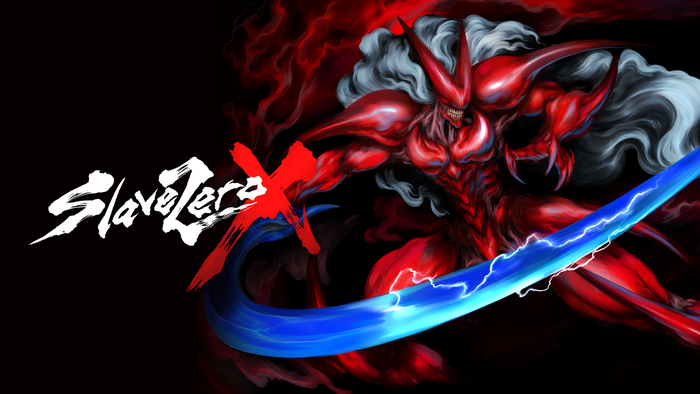Bartle revisited – A Gamer Typology Part II
A further discussion with Bartle's player types and a suggestion for a new gamer typology.

This is a continuation of the last text in which the above model was presented. As mentioned there is a big similiarity with the Bartle player types – which have inspired our discussion. Nevertheless there are differences which will further alienate our model from its famous predecessor.
Gamer Typology updated
The Axes
It is very interesting to go back to Bartle's foundation of his theory in the mid nineties:
When we have a look at his “interest graph” we have the following coordinate system:
acting
players ↔ world
interacting
Analyzing this polarity one may decipher a very old and – at least in the environment of computer games – awkward dichotomy. Player vs. world resembles the old subject ↔ object dichotomy that our culture has elaborated in the aftermath of linar perspective (Piero della Francescas portrait, 1475, is an icon insofar as it ).
Federico di Montefeltro
The basic difference (and the reason why this does not persist in computer games) is that they provide images you can enter. Immersed in such an environment you might indulge in strange sensations: to move in a devastated post socialist city (like in Half Life II), or – like in Heavy Rain – see the scenery of the film noir become a reality. What the player experiences in such an environment is something we can label a joyful alienation. The sensations of the artificial environment are so overwhelming that the player may totally forget about himself, that he gets absorbed by the environment and the role he clothes into.
It is evident that such an idea conflicts with the overall assumption of a certain player type.
The same critique goes for the other axis: acting vs. interacting. In a computer environment where you treat the NPC as you would treat a door (slam it!) the differentiation between acting and interacting becomes strange. Since one has to use technical means anyway one is always interacting: via mouse, joystick, Kinact, whatever the device or gadget may be. Under the conditions of a perpetual Turing test (can I be sure that my colleague is human?) action necesserily turn into interactions.
What are the consequence of this critique?
First and foremost: our approach implies another motivation why we need a gamer typology. Obviously there are a lot of people using gamer typologies as a mere recipe devising their gameplay. Let's make a shooter, let's have a look at our target group – so please give this audience what it wants, highscore, badges, eastereggs. But consumers are no easy targets. Instead of being static and predictable beings they seem unstable beings, and always inclined to complain – even when all the ingredients of the recipe are served.
One of the false assumptions is to think of the player as a static entity. We suggest to refocus our attention to the situation the player is embedded it. What makes the player a killer is the fact that the game hands over a weapon to him and exposes him to dangerous and determined enemies. If this can be attractive to a mild and peace-loving character this can be understood as a proof that even a pacifist may enjoy to act out certain hidden, in everyday life well controlled desires.
Acting out – that is the keyword.
In regard of the gamer the typology is the analogon of what the role is for an actor. He will accept it is a challenge or a least a transgression of what his mental and psychological equipment is. Not the confirmation of his everyday's role, but a temporary appropriation of a phantasmatic role-model.
Because of this considerations we have changed the underlying axes – and rotated them also 90 degrees. The Bartle player ↔ world dichotomy is now replaced by tradition vs. innovation, the action ↔ interaction axis is replaced by a me ↔ us polarity (which also could be labeled individual/collective).
The outer bonds of these axes do not refer to individualistic psychologies, but much more to certain and ephemeral mindsets. One can easily replace the tradition ↔ innovation dichtomoy by the polarity between control and liberty, machine vs. free jazz, choreography vs. improvisation.
In the updated version of our graph (see above) we have tried to emphasize the axes, making clear that the player's motivation is a way of transgressing the field, pushing his role to the outer limits.
Some new elements have entered the scene: the triangles which denote the Myers-Briggs / Keirsey temperaments. They will we be explained in a forthcoming article. What can be said fpor now is that theses instances represent the less expressive, but socially tolerated roles – and therefore are pinpointed best as addressees of gamification measures.
Read more about:
BlogsAbout the Author(s)
You May Also Like











